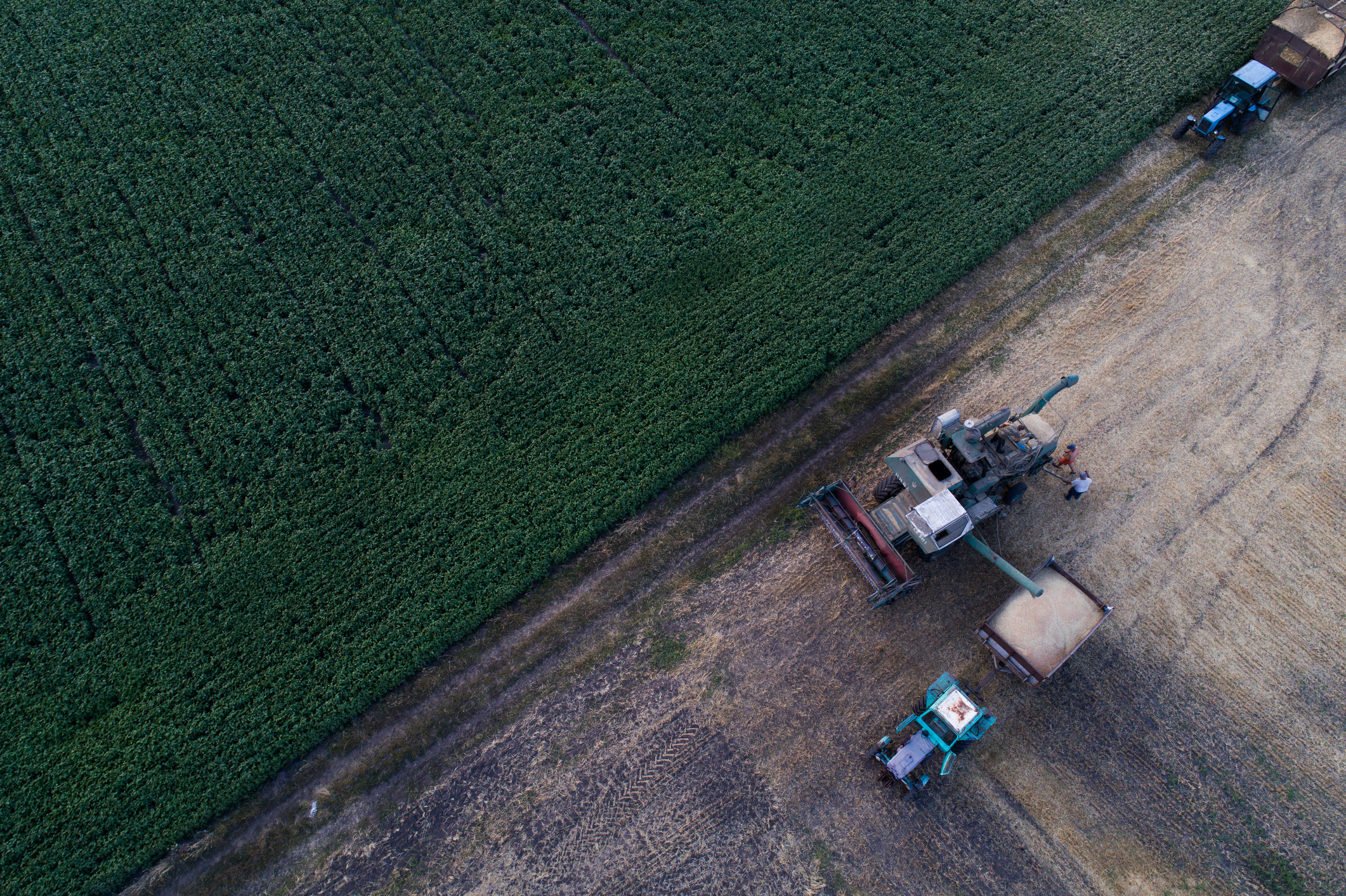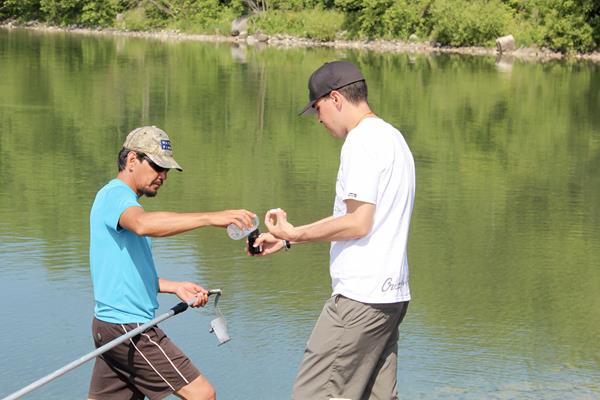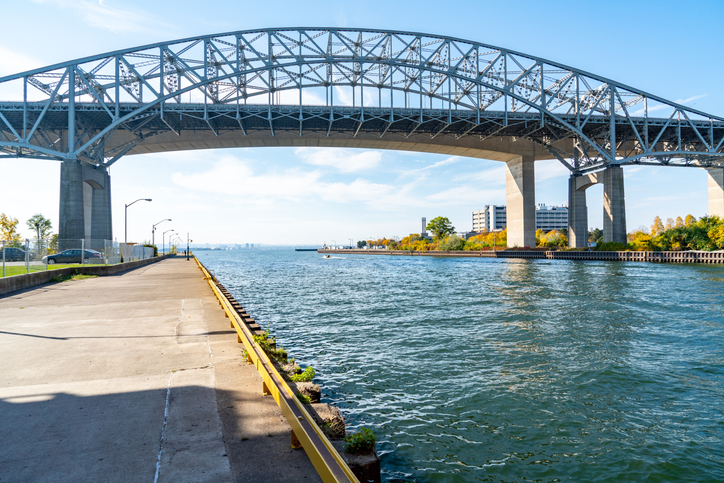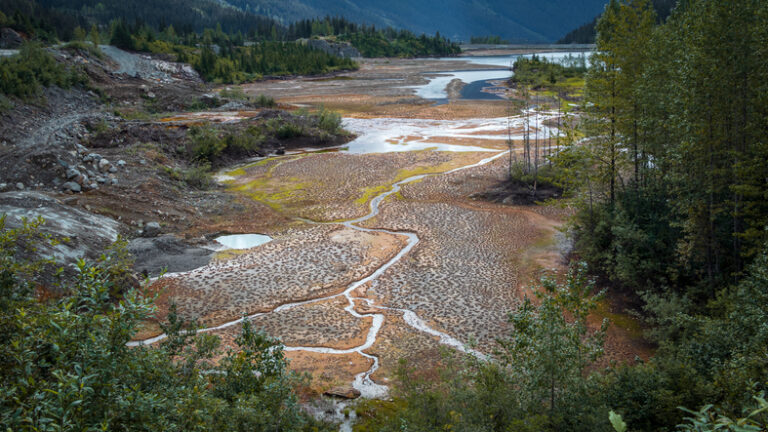The Thames River Phosphorus Reduction Collaborative (PRC) has released a request for proposal (RFP) for technologies to assist in the interception and removal of phosphorus from agricultural runoff in the Thames River and Lake Erie basin.
From 2018 to 2020, the PRC “expects to make total awards worth between $10,000 and $100,000 over three years.” PRC seeks technologies that will be positioned in the field at outflows from field tiles systems or municipal drains, targeting non-point source runoff as its is channeled into micro-point source conditions.
“Successful applicants will propose innovative and replicable technologies that can remove phosphorus from high volumes of agricultural runoff at low concentrations collected over large geographic areas, during different seasonal conditions,” describes the RFP. PRC is also looking for applicants that can demonstrate how their solution can be scaled up.
The goal of the Phosphorus Reduction Collaborative is to provide a last line of defense, intercepting and removing phosphorus from run-off at the edge of field and in the drainage system during and following large rain and snow melt events in the non-growing season.
This initiative will be supported through the $600,000 received from the federal Great Lakes Protection Initiative to develop and test technologies that intercept and remove phosphorus from agricultural runoff.
“Mayors and farm groups have joined forces to find solutions to algal bloom problems in the Lake Erie basinm” said Randy Hope, Mayor of Chatham-Kent and PRC’s co-chair at the time of the funding announcement. “We’re thrilled that Minister McKenna has provided the kind of funding that will allow us to move forward with practical, hands-on projects to help farmers and municipalities reduce the amount of phosphorus that’s getting into our creeks, rivers and lakes.”









